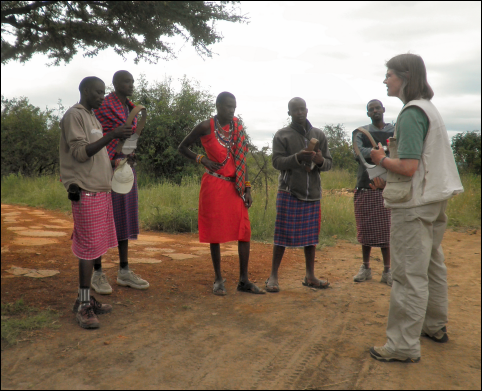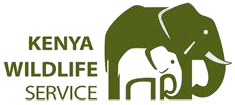News, Outreach and Education
News
Two videos were released on YouTube that summarize our project. Lindsay Simpson did a great job putting these together ... check them out!Gnu Landscapes and Gnu Landscapes - Community Involvement.
Watch for a "Pathways to Learning" video on Channel 10, produced by the Poudre School District, with teachers Mary Richmond, Amy Barrier and scientist Randy Boone.
A busy field season is planned for Gnu Landscapes! Jared Stabach is beginning his field work, observing wildebeest, sampling the areas in which they occur, and collecting fecal samples for analyses. Randy Boone is traveling with Poudre School District teachers Amy Barrier and Mary Richmond, plus her spouse Paul Meyer, to Kenya to observe wildebeest behaviors. Follow three blogs to stay informed ...
Jared Stabach's blog Gnu2Move.
Mary Richmond's blog Kenya Summer 2011.
Amy Barrier's blog Kenya Trip - Summer 2011
Outreach
Our research is about more than answering important scientific questions - we want our results to be helpful to people who live and work in Maasailand of Kenya, and to be helpful in education. From our results, locations of animals we will track, to this web site, we seek to teach and co-learn with people about wildebeest, changing landscapes, conservation priorities, sustainability, and research techniques.In May of 2010, we placed our first set of collars on wildebeest, to track the location of 15 animals in the Maasai Mara region of western Kenya. As part of that effort, we worked with Koiyaki Guide School, so that students training to become guides gained experience observing wildlife handling techniques. About twenty students from Koiyaki Guide School joined us in the field, a few each day. They learned capture techniques, animal handling safety, and got to see live wildebeest more closely than most. In the picture below, Dr. Robin Reid explains the technology behind the Lotek collars we use in our work to a group of students.
During this collaring effort, we had students from Talek Primary School and Ole Sere Primary School, which are located within the Loita wildebeest migration route. Students learned about the problems wildebeest in their area face, our project goals, and the technology we use. They also learned about animal handling and got to see live wildebeest close-up.
In the near future, we hope to start a photographic project with school students in our Mara and Kitengela sites, to connect them through the wildebeest data to similar classrooms in the US. This part of the project will start in fall 2010.
We also had the help of Olare Orok Conservancy and Naboisho Conservancy, which are partnership between Maasai landowners and eco-tourism businesses. We hope that these local businesses use our information with their tourism clients to spread the word about the endangered Loita wildebeest population.











